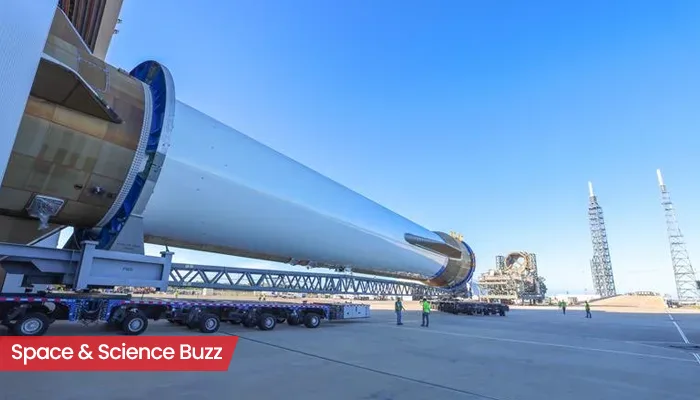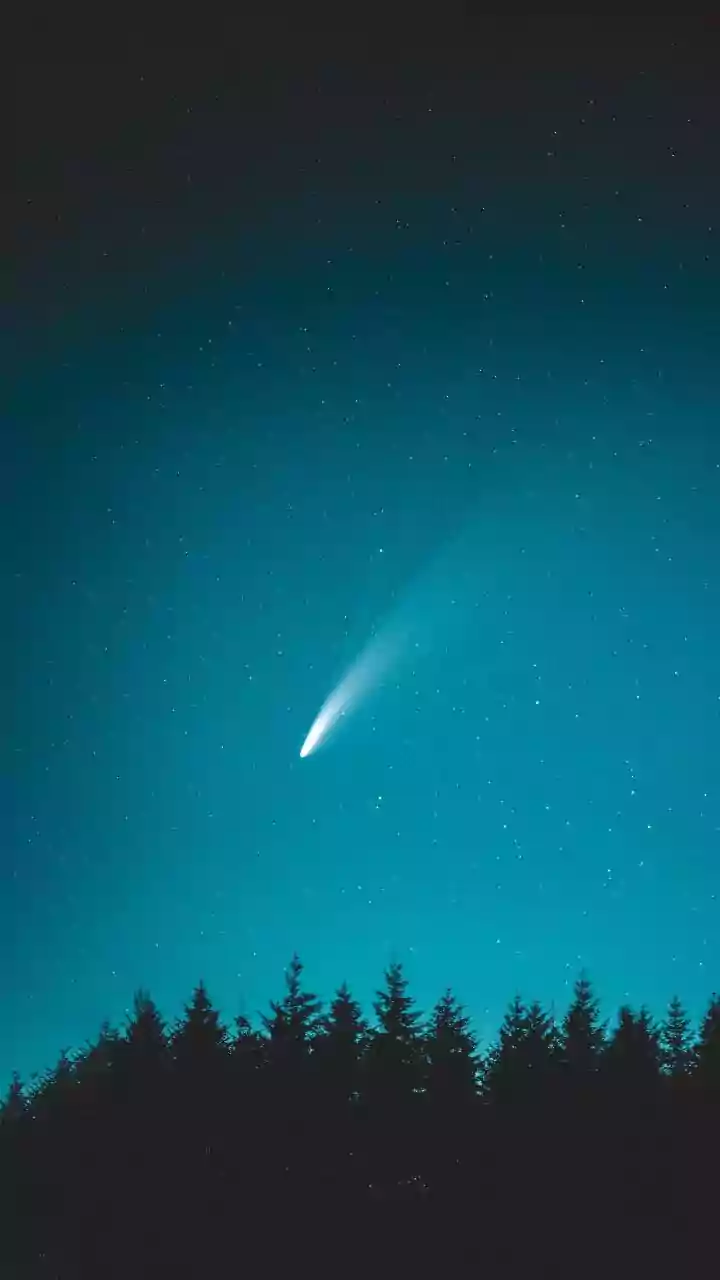Cosmic Collision Detected
The James Webb Space Telescope has provided compelling evidence of a galactic collision involving a black hole, leaving an enormous scar in its wake. This
event is significant as it showcases the destructive power of black holes and their interaction with galaxies. Scientists are fascinated by the aftermath, which includes a vast trail of disruption, hinting at the immense gravitational forces at play. The JWST's ability to observe in infrared light allowed it to penetrate dust clouds, revealing details previously hidden from view. The discovery promises to reshape the understanding of galactic evolution and the roles of black holes in shaping the cosmos. This revelation supports the ongoing research into how these powerful cosmic entities influence their surroundings and the structure of the universe. The 'scar' left by the black hole provides crucial data for analyzing the effects of gravitational forces on galactic material, offering new perspectives on the processes shaping galaxies over vast timescales. Further investigation by the scientific community will explore the composition and characteristics of the damaged area, leading to a better understanding of the mechanics of galaxy-black hole interactions. The initial findings are set to spur further studies into the behavior of black holes and how they impact their environments. The JWST's capabilities have provided scientists with a unique opportunity to observe and analyze events in the universe with unprecedented clarity, opening doors to new possibilities.
Webb's Observing Power
The James Webb Space Telescope's advanced instruments have enabled it to capture detailed images and data of the cosmic collision. The telescope, working primarily in the infrared spectrum, can observe objects and regions that were previously obscured from view. The telescope's high sensitivity and resolution allow for detailed examination of the aftermath. This includes the ability to differentiate structures like gas clouds and stellar remnants. The telescope's ability to study the affected areas will reveal critical information about the nature of the interaction. The data collected will support scientists in creating advanced models of galactic encounters and their influence on the cosmos. The use of advanced technology enables the precise measurements of various factors, providing significant insights into the behavior and effects of black holes. The superior capabilities of the JWST, compared to older telescopes, allow researchers to see further into the universe's history. This groundbreaking research will provide the knowledge needed to explore some of the biggest mysteries related to the universe's structure, along with the life cycle of galaxies, and more about the behavior of black holes. The images gathered by the telescope have opened up new doors for astronomical research, enhancing scientists' understanding of the events that have shaped the cosmos, allowing for new investigations into the fundamental processes that govern the universe.
Impact on Galaxies
The impact of a black hole plowing through a galaxy results in a host of changes. The most apparent is the creation of the immense scar. This trail provides a map of the destructive path, offering data on the forces exerted on galactic matter. The collision likely caused significant disruptions to the galaxy's structure, causing the movement of stars and gas clouds. The interaction could have triggered star formation, or, conversely, suppressed it, based on the specific dynamics involved. Black holes are already recognized for their influence on galaxies. A collision like this magnifies the effects, creating a visible trail of disturbances. It also provides scientists with an opportunity to study the impact of galactic interactions on cosmic scales. The study of this phenomenon supports the theory that black holes play a key role in the formation and evolution of galaxies. Furthermore, it helps provide a deeper comprehension of the interconnectedness of celestial objects. This groundbreaking discovery broadens our comprehension of the role black holes play. The understanding of the interactions will help us reconstruct the timeline of our universe. This can contribute to further insights into the evolution of galaxies and their complex interactions.
Future Research Avenues
Scientists are poised to conduct additional research into the collision. Advanced data analysis and simulations will be employed to understand the specific impact. The team will continue to study the composition of the 'scar' and the surrounding environment. Detailed analysis of the dust, gas, and stellar remnants will be crucial. The research will focus on understanding the nature of the black hole's influence on the galaxy. The data gathered will be integrated with theoretical models to enhance comprehension of the event. Future studies will include a more comprehensive evaluation of the dynamics involved. The researchers aim to identify the mechanisms by which the black hole impacted the galactic components. The outcomes of this research will enhance the existing theories on galactic evolution and the influence of supermassive black holes. The findings will also contribute to improved models of the universe's structure. The JWST's ongoing observations are expected to yield more in-depth data. This will further the study of these interactions and enable astronomers to continue to develop their understanding. The continued research is expected to reshape our understanding of the universe's formation.







